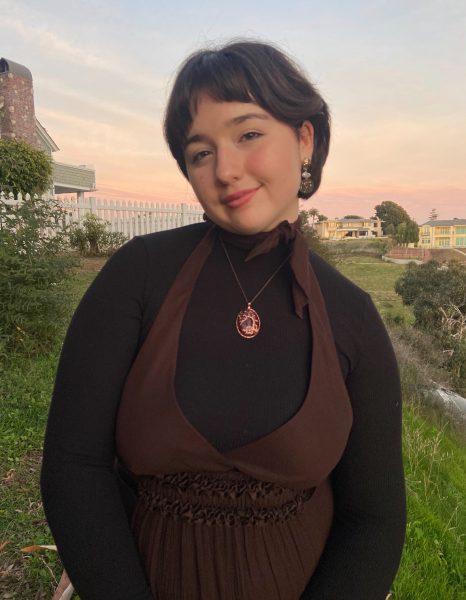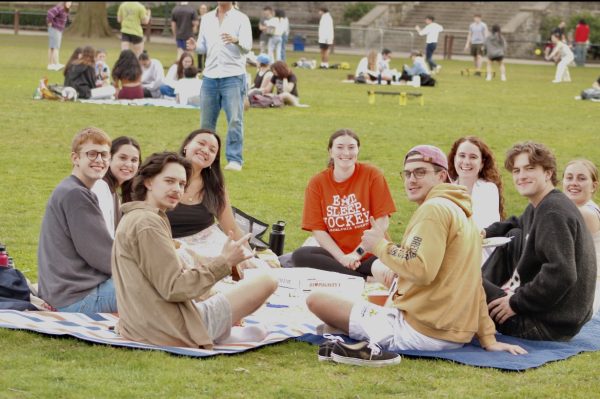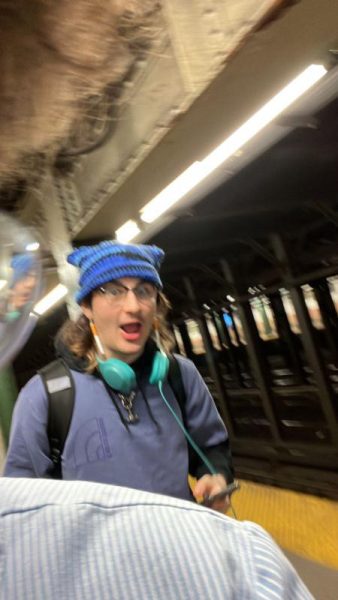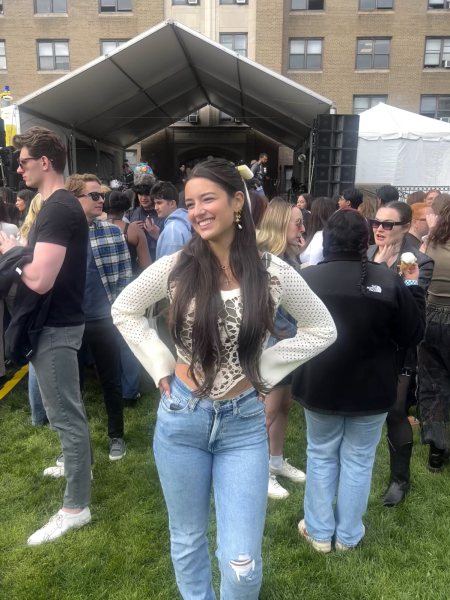Fordham Junior Ruminates on the Question: “What is Art?”
“Art is complicated, and it is everything.” To Madison Scott Morris, FCRH ’24, art is an entity that transcends the bounds of simply putting ink to canvas. The contrition of the heart becomes a confession of the brush, self-exploration becomes tangible and one’s creative viscera are effectively brought out into the open as a result. Morris’ own artistic journey has been subject to change — from rudimentary exploration in high school to introspection, its role in her life and the surrounding world.
As an English and theology double major, the tenderness of literature and spirituality often flow into the major artery of her personal inspirations. Multiple factors make up her kaleidoscopic approach to art, derived from sources such as the colorful surrealism of Satoshi Kon, the divine and narratives within her personal life. Ultimately, her defining of art tangibly affects the process of making; the approach dictates the effect.
Those who know Morris personally would agree that light follows everywhere she goes, almost to the point where one can nearly imagine her shadow smiling. Her greetings are subsequently followed with an embrace, echo chambers of laughter erupt from diaphragms, and she creates knit communities within every circle. She is effervescent and bright and absolutely wonderful company. This very disposition is seamlessly translated into her work, with graphite portraits and shimmering watercolor landscapes displaying the same vivacity. From still-life paintings to animated shorts, there is a soul embedded in every respective canvas she chooses.
“Art is diving into the first act of creation. Not the first act: the continuous act of creation: it’s in the universe’s nature to create and grow and continue. Art is growth, change, exploration. In short, I think it’s really cool.”
In terms of the future, Morris is not yet sure where to place herself in the ever-flowing timeline of artmaking. “I’m not sure if I’m making art now, or if I’m preparing to make art in the future,” she wrote. “What can be considered art? I want art to have directionality: not just to be anything anyone draws or writes. I want it to point society towards a high nature: love and unity and peace and all that. By diving into the dirt: the only way we will reach real love is by finding the ugliness worthwhile. Art has to be messy. But how can I say what art is? Even to me? It’s beyond me.”
Art is indeterminate and nebulous, but Morris does what any of us can hope to do when encountering the unknown — explore and endeavor. And yet there is a directionality to her artistic wandering, a living core that inexplicably points the viewer towards feelings of unity, peace and love. Her expression sends ripples of whimsical emotion that go beyond the pond that is the Fordham Rose Hill community. Though the distant future remains uncertain, the definitive passion in Morris’ art creates a sense of solace for those who are fortunate enough to encounter it.
Ilaina Kim is a senior from Atlanta pursuing a major in English with a minor in philosophical studies. She joined The Fordham Ram as an Assistant Editor...













































































































































































































